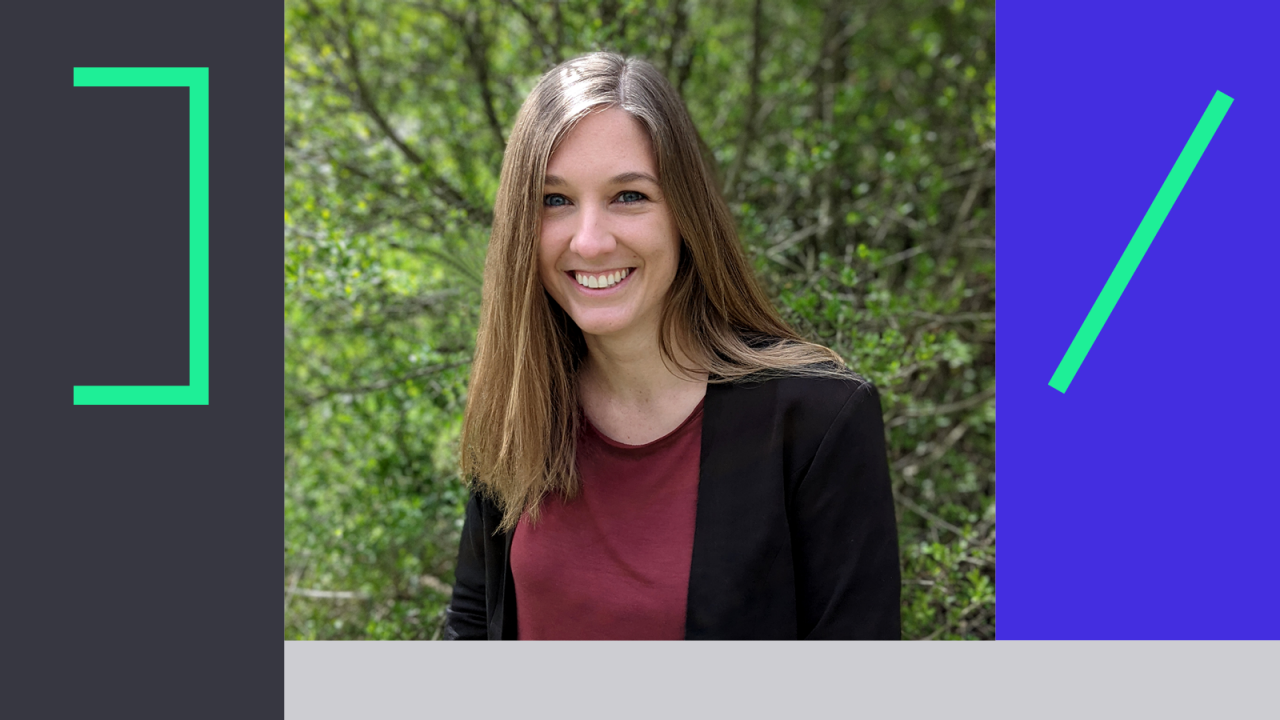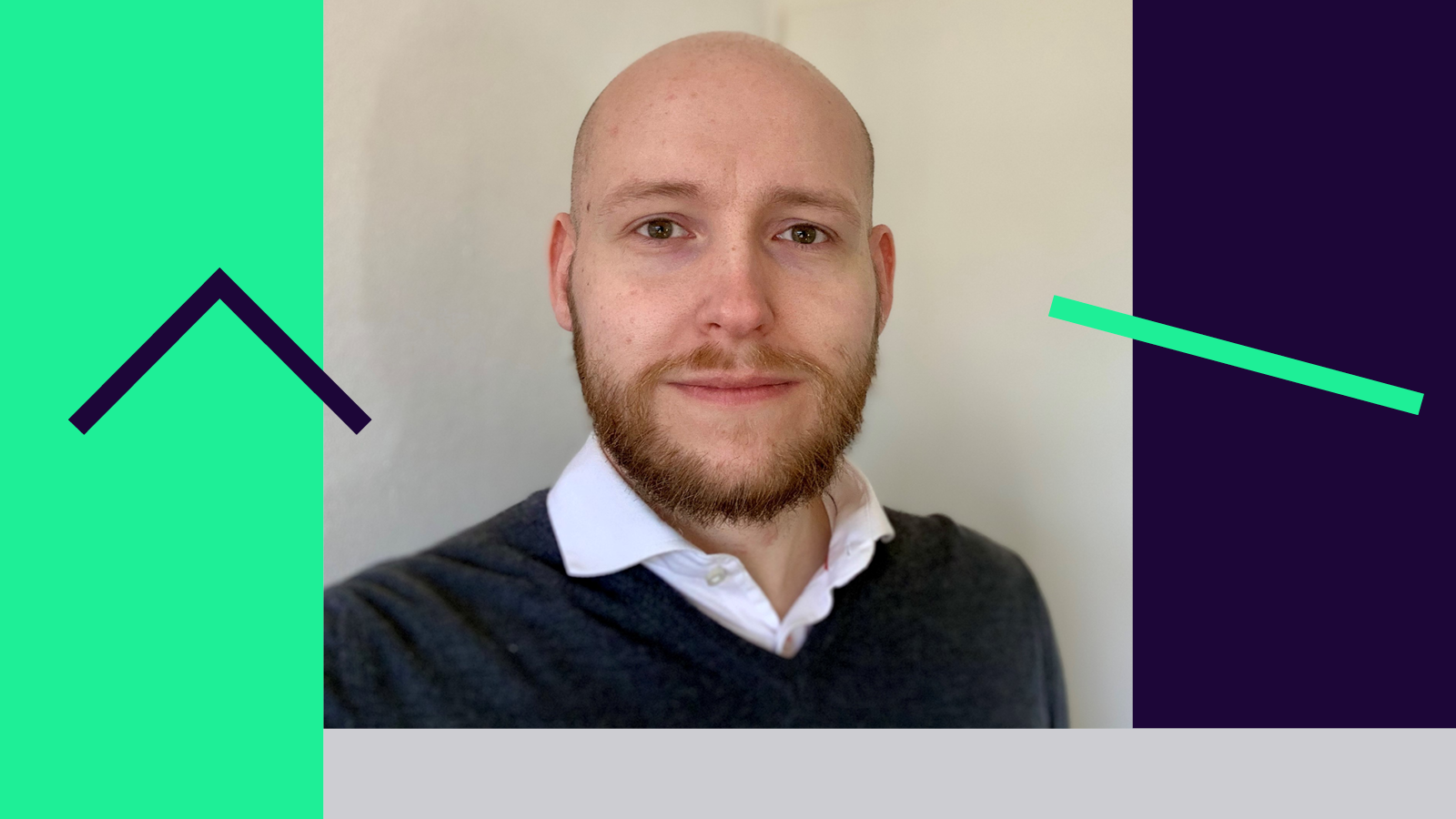“Congested cities make it clear that mobility has to change”
In our #CodeThatMovesTheWorld series, we’re talking to a few of our digital minds that work at CARIAD to get an insight into their work, see what drives them and hear about their visions for future automotive mobility. This week, we’re talking to Julia Altenbuchner, Software Architect – HD Maps.

Born in Bavaria, Julia studied geography alongside computer science at the Ludwig Maximilian University of Munich. At the time, computer science was her minor discipline, but it soon became more of a passion. Wanting to better combine the two subjects, she moved to the UK and took a master’s degree in GIS (Geographic Information Science) at University College London, after which she also completed a PhD at the university in the same field.
Whilst studying for her PhD, Julia worked on many open-source projects and later stayed on as postdoc, before finding an industry position as a researcher, where she explored future digital trends and worked on a project for autonomous vehicles. Last year, she moved back to Germany and joined Carmeq, which then became part of CARIAD, where she continues her exciting work on automated driving and the future of mobility.
Hi Julia, you’ve focused heavily in the area of geographic information science and now brought that expertise into CARIAD. What sort of projects are you currently working on here?
At the moment, my team and I are designing and developing code that supports the development of a map learning pipeline used for automated driving functions.
Imagine that millions of cars on the road are all constantly sensing and gathering data about their environment, and then uploading the changes that they detect to the cloud. The pipeline will create new maps out of that data. Our framework will then scrutinize these new maps, questioning whether they’re good enough to go back into the car. And if the answer is ‘yes’, the map will be available for all cars to use.
We work with high-definition maps and, because they’re a part of an automated decision-making process, they need to be far more detailed than the maps that we’re used to in modern cars. They need to be trusted and always up to date.
That sounds really interesting! Could you give us an idea of what an HD map looks like?
Well, it’s not so much what the maps will look like because they exist as data. They don’t need to be visually represented, but rather used internally by driving functions.
The satnav in your current car can display road lanes, for example, but it isn’t so important how wide those lanes are exactly, as your main concern is where to turn next. With HD maps, it’s very important to know what the road geometry actually looks like. The car needs to calculate where it is – and not just to a few meters, which you can achieve with current GPS, but its precise location. Ultimately, for automated driving to work, you need to know exactly where you are in relation to everything around you, and we call that localization.
Some people don’t believe that maps are even necessary for safe and reliable automated driving. But personally, I think maps are essential. With automated driving, sensors detect the environment around the car in real time and, in many cases, that would suffice for localization. But unlike sensors, maps have unique advantages such as an infinite view and the ability to look around corners. They also aren’t influenced by light or environmental conditions like rain or fog. And if a sensor fails because of environmental conditions, you can still rest assured that your map is correct. The car can use both sensors and maps in tandem to make an informed decision.

The maps and software that you’re working on are part of the huge transformation of the automotive industry. Where do you see that transformation taking us in the future?
I think that transformation has to aim for greater electrification and automation, but with the ultimate goal of making mobility safer and more sustainable. I lived in London for a few years and, having seen just how congested traffic can be, it’s clear to me that we desperately need a change in the mobility sector. We need to implement change towards cleaner and safer technology, as well as change to allow for better coexistence between all road users. Also, it might be difficult to accept, but machines are better drivers than humans! The way we brake and accelerate isn’t particularly energy efficient. The car can do that much better and therefore benefit the environment and sustainability.
What I find really exciting about my position and my work at CARIAD is that there are now around 4000 of us at the company and we have a clear mission to achieve exactly those goals by building cutting-edge software and technology. Yes, it’s difficult, but we also know that we have the necessary skills and, if we get this right, it’ll have a huge impact. How exciting is that?
Very exciting! Last week, we spoke to Stephanie Cramer, who works as a Function Owner in Partial Driving Automation. She asked how important you think culture is if we are to successfully transform mobility and the automotive industry?
Extremely important. At CARIAD, I work in an open-minded and diverse culture where there’s no fear and where everybody can contribute their own thoughts and ideas. Everybody should be heard and be able to take responsibility. The more diverse our teams are, the more we can gain.
Diversity is especially important in the automotive and software industries, which are typically very masculine areas. I work mostly with men and have done for my entire career because I’ve always worked with software. The men I’ve worked with are amazing people and great team players, and a lot of them have lifted me up. At the same time, the greater gender and ethnic diversity we have, the better and more exciting it is for everyone. And ultimately, the better the product is. Because, after all, we’re creating products for everyone. We’re not creating products for one specific demographic.
We also need to generate more visibility so that anyone – regardless of gender, race, age, disability, religion or sexual orientation – can see that this is an option for them and that it is possible for them to break into the industry.
That’s a very powerful message, and one we’re sure a lot of people will be happy to hear.
Finally, we’ll be speaking to Manuel Aigner next week, who works in the area of assisted and automated driving, and active safety. If you could ask him any question about his work, what would it be?
Safety is, of course, a really important topic. I’d be interested to hear what he thinks are the most important considerations for safety in automated driving.
We are CARIAD. We’re transforming automotive mobility. Let’s build the leading tech stack in the automotive industry together.




